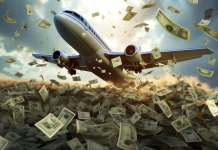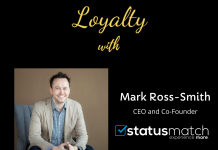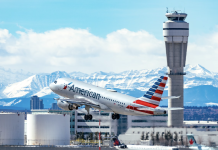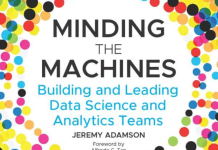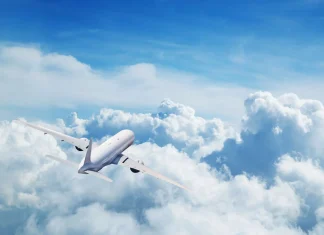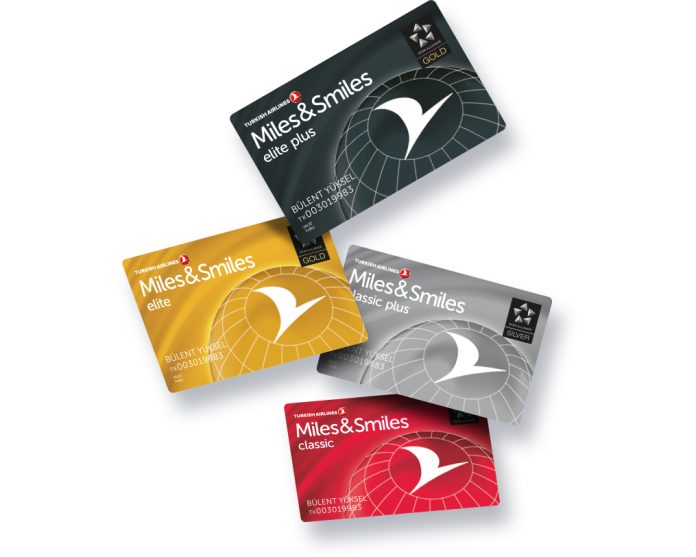
According to research by Loyalty Data Co, up to 60% of all Status Match submissions are fraudulent.
With no way to know how many times a cardholder has requested matches with competing Loyalty Programs, and no way to verify the cardholders existing status is real – why do Loyalty Programs continue beating down the same dead path of manual processing?
A Jetblue employee shared on a recent Loyalty Fraud event – how he gamed the system by chain-matching one elite status to another, to another to another.
While totally within the terms of each of the programs – the greater effect which this ‘non-genuine’ match activity has on the wider industry has largely gone unmeasured.
It’s almost as if the sole metric which matters is new customer signups — rather than focusing on the quality of customer acquisition.
Let’s consider the basic elements of Status Matching to the business:
- How long does it take the business to process Status Match requests?
- What about other areas of the business which get hit with direct and indirect costs when a Status Match is granted?
- What about other top-tier customers that see their peers gaming the system?
- What impact do fraudsters and scammers have on the entirety of the business operations (and not just loyalty)?
With Photoshop and other apps available to average consumers to whip up fake loyalty cards, fake statements — it’s incredible that loyalty programs are continuing with a process that was developed in the 1990s.
Does the old process serve the interests of Airlines and Hotels today?
TAP Air Portugal launched a hybrid Status Match-Status Buy campaign earlier this year, where members needed to buy some miles, and send in screenshots of their membership card, and they would instantly have the elite status for a set period. Kudos to TAP for building a financial element to reduce fraud. But is this enough?
Qatar Airways launched a Status Match campaign to lure in top-tier customers from Emirates, Etihad, Turkish Airlines, Singapore Airlines, Virgin Australia Velocity, and members are asked to send in their membership card and a copy of a statement. The only thing missing from these status match campaigns is – what fax number do members send their details to?!
Ancient campaign mechanics aside — let’s jump into the economics of status matching non-genuine and fraudulent customers.
Non-genuine and fraudulent Status Match requests have very real economic impacts on both the Loyalty Program and the host Airline/Hotels.
- Instant dilution of the elite status level. By providing an easily gamed mechanism whereby anyone with access to photo editing tools can scheme their
way to free status. Most frequent flyers would have spent upwards of $5,000….$10,000….$20,000 to earn their status. To get top status with United Airlines, you’ll need to spend at least US $15,000 on tickets. For members – the reward of status is hard-earned. - Shift the cost burden from one airline to another. Depending on the partnership agreements and alliance commitments, an influx of new tier cardholders could push the cost base of an airline up. Miles accrual onto partner airlines that wouldn’t have otherwise existed.
- Inability to deliver soft benefits and recognition. Ever been at the boarding gate and seen the premium boarding line longer than the economy class/non-status pax line? This effect is felt by many airlines, including Qantas – that has member complaints dating back more than 10 years. Qantas began rolling out a new priority boarding system which would help solve these issues.
- Lounge overcrowding. We’ve all been in an overcrowded domestic lounge, and the experience is dreadful. When lounges are too busy – the terminal food court
and gate seating becomes appealing, and often – quieter. Depending on the airline agreements, lounge access can cost over US $100 per entry. - Encourages Fraud. Scammers hang out in groups. They share tips, tricks and sneaky ways to circumvent the system. When loyalty programs open the floodgates to let anyone with Photoshop attain top-tier status, that very process hurts the industry. Scammers don’t scam once – they do it over and over and over, hitting multiple loyalty programs.
- Ancillary Revenue Destruction. When fraudsters obtain elite status, they deprive the airline and airline partners of ancillary revenue. The airline and the airline partners lose the ability to charge for baggage, for premium seat allocation,
- Existing top-tier members lose out. Upgrade lists become flooded with illegitimate members who obtained the elite status through non-genuine means. This can deprive the airlines’ real top customers of benefits like upgrades, add additional cost burden to premium call-centres, and negatively impact the overall customer experience.
Then we look at the type of customer the Loyalty Program does want to acquire. What are the best customers looking for?
- Fast Status Matching – How many times have the Loyalty Programs stated: “we will get back to you in 1….2….3 weeks?” For frequent travellers – they’re making one or two bookings each week. Any delay in getting that new status level to the customer is literally costing the acquiring airline a sale. The goal is always to get the status into the hands of the person wanting a Status Match as fast as possible. There are companies and technology that exist today which can verify the elite status and upgrade members within minutes.
- Protection – Comfort in knowing that fraudsters and scammers can’t squeeze their way into elite status without jumping through the hoops of spending real money flying around the world. Many members proudly show-off their elite status as a badge of honour and achievement. When others can constantly obtain that same badge — at no cost — it secretly stabs the member who earned it in the heart.
- Simplicity – Screenshots, photos of cards becoming increasingly more difficult for Loyalty Programs. Emirates no longer issues physical membership cards to any of its members. Paper statements are a thing of the past – and even then – who has time to scour through their email to find statements for the past 2,3,4 months of activity? What if you do 1-trip per year in January and blow $100K on Etihad Appartments from Australia to Europe, but the past 3 months activity show zero flights?
What are the true costs to the Airline or Hotel of a non-genuine, or fraudulent matched customer?
With Airlines and Hotels looking to the future – trying to predict future demand, one of the key questions for all loyalty operators will be ‘How do we attract other airlines customers to stimulate demand? What’s the fastest path to premium yield revenue? How can we predict demand without history? What data, what tools, and what modelling will assist in the fastest possible recovery for the airline?’
Status Matching is one of the tools in an Airline’s arsenal to drive demand, especially when combined with revenue management and demand forecast tools.
It’s absolutely going to play a part in the road to recovery for many Airlines and Hotels — and if there is an underlying, hidden cost, to Status Matching – the upside benefits of acquiring new customers will be nothing compared to the total cost of having acquired the wrong customer.
Former Virgin Australia Velocity GM, Phil Gunter is now a Director at Loyalty Data Co. Loyalty Data Co. developed a ‘Smart Match’ centralised platform to automate Status Match requests, verify elite status within minutes, and eradicate fraud entirely.
Gunter shares that “Airlines and hotels always talk about digital transformation and building a strong customer experience, and yet many are blindly destroying the value of their own products by going back to old-processes that no longer work in the modern world. The cost of these old processes is beginning to add up – and it will make or break some Airlines over the coming months.”
In the coming months, we can expect more airlines to offer Status Matches, challenges and other promotions as they begin flying again. If your airline is planning one, or your partners are planing one, brace yourself. The photoshop digital army is ready and waiting to pay your airline back for those years of excess baggage fees, delayed flights, and middle seat assignments.



